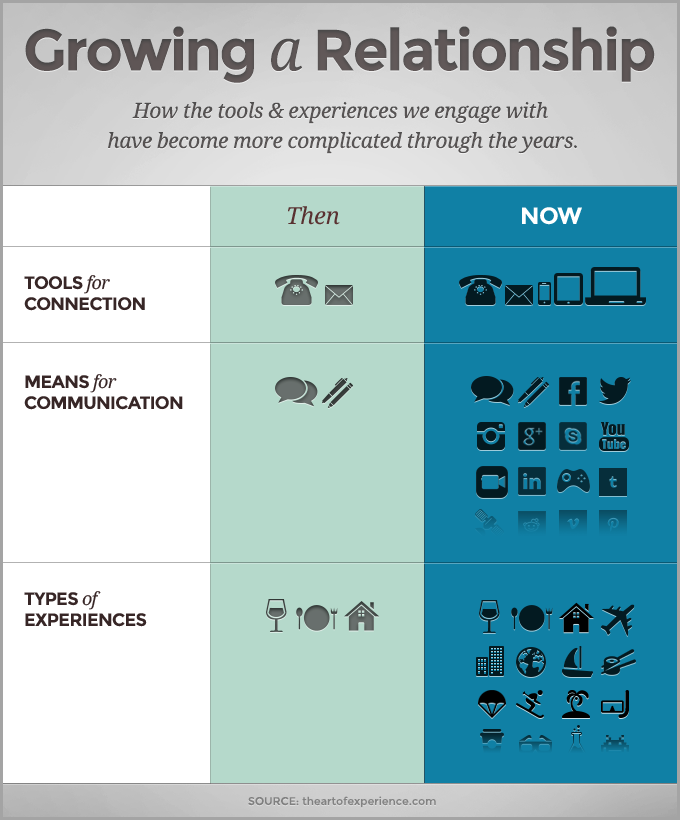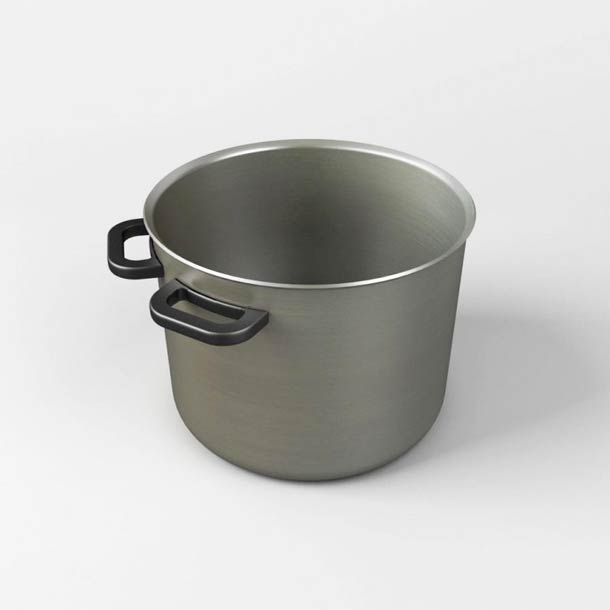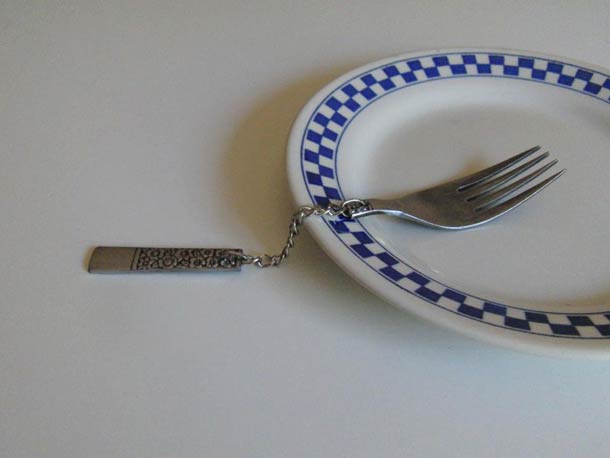My friend Dr. Christopher Hart, once told me, “Life is as good as the relationships you have,” and he’s mostly right. Be it the end of a day, year, or lifetime, the fulfillment we receive from relationships with others is an important measure of our happiness and satisfaction. But long gone are the days when choosing the right people to spend your time with was enough. In today’s hyper-connected, human contact deprived world, we must focus on curating high quality experiences for ourselves and with others- doing things, seeing things, feeling things and connecting with those things and people in ways that are meaningful and bring satisfaction and happiness.
This concept used to be more simple and linear. If you chose to surround yourself with the right people, happiness and fulfillment would likely follow. The key aspect was which people you chose. But this was when our lives were much less connected to the rest of the world. Choices were straightforward: chocolate or vanilla, regular or decaf. These were the easy days before mass customization, before Facebook, before texting and driving, and before the constant avalanche of opportunities, choices, and nonstop distractions. Back then the simple act of choosing the right personal relationships was everything. The experiences that could and would follow were more limited and naturally took a conventional course.
But times have changed. Choosing the right people for our relationships is still just as critical as it ever was, but there’s so much more, now. In a hyper-connected, always turned on world filled with more choices than most people have time to ever process, we need to go one step deeper to understand why relationships are created and how they succeed and bring us happiness. What should we do with relationships to cultivate them and allow them to fulfill us? How do we prioritize relationships among a swelling sea of connections, choices, decisions, and customization? What is the difference between a light connection or contact with one person and a deeply valued relationship with another? The answer comes when we seek and create high quality experiences.
For most people, good relationships create comfort, joy, self-assurance, and psychological safety. When we feel safe and supported by our relationships, we don’t have to focus on our concerns or our fears of the future and what’s to come (or not to come). The reliability of relationships helps us to make room so that we can explore and learn. Most people have known this comfort or joy through the feeling of a smile, laughter, conversation, touch, a handshake, a hug, or a high-five. Each of these gifts of relationships enables us in some way.
When we feel the warmth and comfort of relationships, we look forward, explore our world and find more feelings of joy, love, and confidence. This opens us to opportunity and positive future experiences, which leads to increased happiness through more relationships and, eventually, more experiences. It’s a beautiful, self-fulfilling cycle. Combining relationships with meaningful experiences open us up to more, better experiences and increased happiness.
But it’s the choice we make to experience something (either by ourselves or with others) which enables us and serves as a foundation for relationships. Choose not to get out of bed in the morning and you’re implicitly choosing to not create experiences and relationships. Choose not to listen to another person, or do something new and different and you’re implicitly choosing to not create experiences and relationships. But choose to do one of these and you’re opening a door- an opportunity to find happiness through experiences with yourself and others.
Even the experiences we have when we’re alone can bring us fulfillment. And yet the decision to experience something is the catalyst, and the quality of the experience defines our satisfaction. A fantastic experience with one’s self or with another cultivates our thoughts, senses, growth, and happiness. Not allowing yourself to experience something precludes all else that may lead to happiness.
In the past, there was a limited set of experiences (coffee, dinner, a walk in the park), conventional tools for connection (postal mail, telephone, or in person), and simple means for communications (written word or conversation). These standards acted as a consistent and reliable blueprint for growing a relationship. The progression from who you choose to spend your time with to what you experience with that person was predictable. Now, there’s no longer a conventional set of expectations. The experiences, tools, and means are changing rapidly and will continue to do so. The sooner we acknowledge and accept the change, the happier we will become.

In this age of endless option, possibility, prioritization, and customization, we can’t afford to choose our relationships and just expect experiences to follow via societal conventions and traditional means. We must choose to focus on curating high quality experiences in order to feel as much joy, love, and fulfillment as possible. If you choose not to take command of your experiences, you’re opening the flood gates to an overwhelming deluge of choices, people, and priorities that will kick into autopilot and drown you. In this increasingly crowded world, prioritize relationships carefully, then embrace meaningful experiences above all else.
My friend William recently learned this lesson and changed his life. For one week he carefully tracked the amount of time he spent text messaging, emailing, and purposelessly floating around on social media. He was shocked to find it was hours every day. The next week he started replacing this wasted time with a walk in the park beside an old friend, an evening drink with a neglected co-worker, and a few minutes here and there talking to neighbors in his apartment building each morning (many of whom he’d never seen before because his head was buried in something else). William found that he was sleeping better at night, laughing and smiling more, and much more productive in his relationships and work.
Many people have studied the fundamentals of relationships – family relationships, friend relationships, and intimate relationships – and how they bring us happiness. But perhaps recent focus has been too narrow. If happiness and relationships rely on quality of experiences, we need to prioritize, create, cultivate, and curate experiences over all else, particularly in this new world of endless options. Open yourself to the new priority of owning your experiences and the rest will follow.
Life is as good as the relationships you have and the experiences you create. To own your experiences is to own your happiness. airmaxco airmaxco








